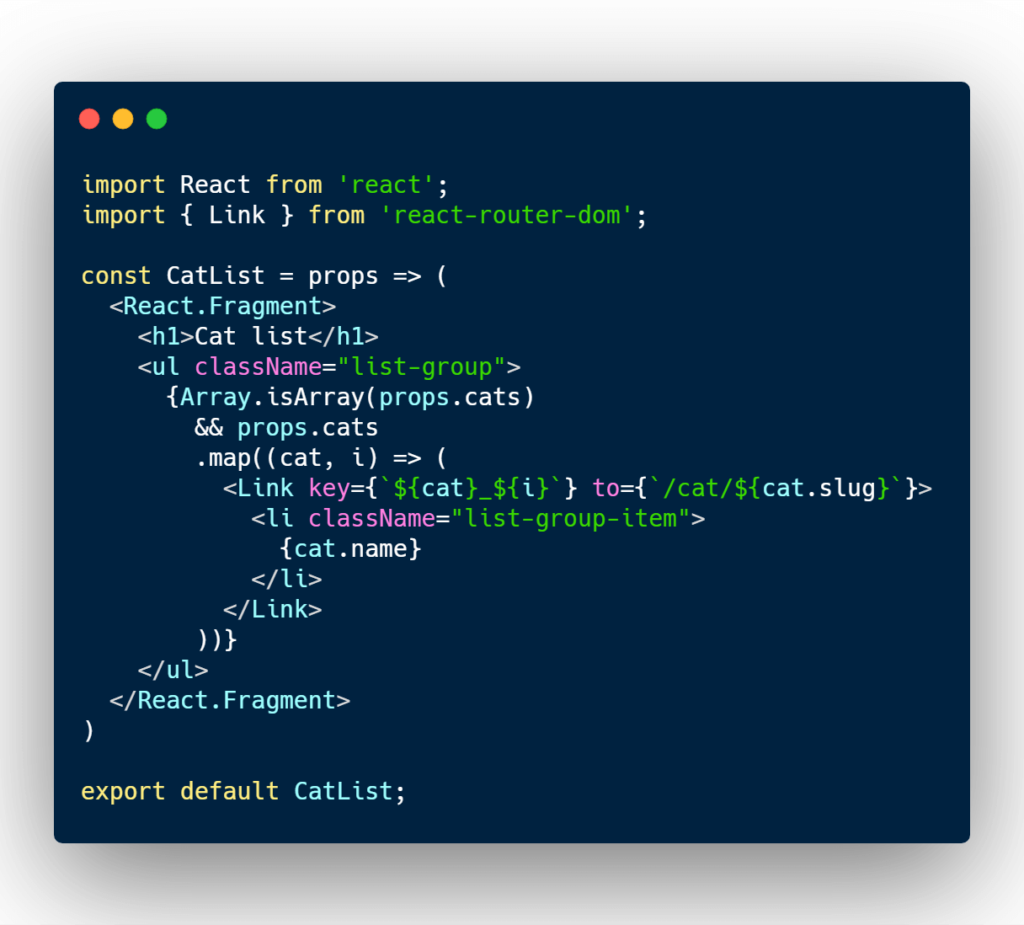

Also, when using both ConnectedRouter and BrowserRouter, it could cause confusion in the routing and navigation of the application as well. When using different instances of history, it could cause confusion in the routing and navigation of the application. The first solution suggests that the problem could be caused by using different instances of history and using both ConnectedRouter and BrowserRouter. This can cause issues when trying to navigate through the application, as the current location will not match the updated URL. The problem is that, when attempting to push a new route using the push method of the React Router library, the URL of the application is correctly updated, but the location is not. The issue at hand is related to difficulty in triggering a location change when pushing a new route using the React Router library.
REACT ROUTER DOM LOCATION FOR FREE
Start for free today Problem solution for error when push a new route only triggers URL change but not location change in Supasate Connected-React-Router Works where you do: dev, QA, staging, CI/CD, and production.
REACT ROUTER DOM LOCATION UPDATE
Like React's own useState hook, useSearchParams returns an array of two values: the current location's search params and a function that may be used to update them.

While the URL is updated as expected, the location is not changing accordingly.
REACT ROUTER DOM LOCATION CODE
Just keep in mind the purpose useLocation() is getting information from the current route, and it will return these attributes.This code uses the useHistory hook from the React Router library to access the push method and navigate to a new route. push from history in the example localhost:3000/blogs?id=5#react.įrom that URL, if we are trying to call useLocation, we will get this object. I will use the previous link that we tried to use. UseLocation doesn't have any function like useHistory, and it is just to grab information about your current URL. If the URL is changed, the useLocation will be updated as well. I also prepare codesandbox to help you understand.īriefly, this is like a state that always returns your current URL. I have never used the three go function, but I just want to let you know that this function has existed in history

go(delta: number): move to a different index and can specify how many indexes from this position (can be minus or positive) goForward(): move forward to the previous history. goBack(): move back to the previous history. replace, it will not go back to the previous one. Whenever the user clicks back in the browser after. replace(pathname: string, state: any)/(location: object): this is basically similar to push, but it will remove the existing history and update to the new one. For example, if you want to know where the user came from, you can utilize the state. However, after I read the documentation, the documentation gave me an idea. Enter fullscreen mode Exit fullscreen mode


 0 kommentar(er)
0 kommentar(er)
